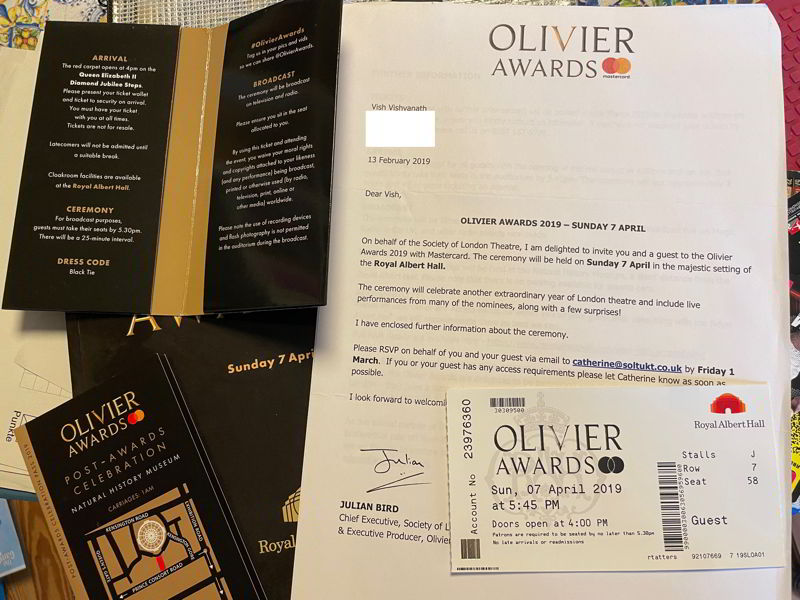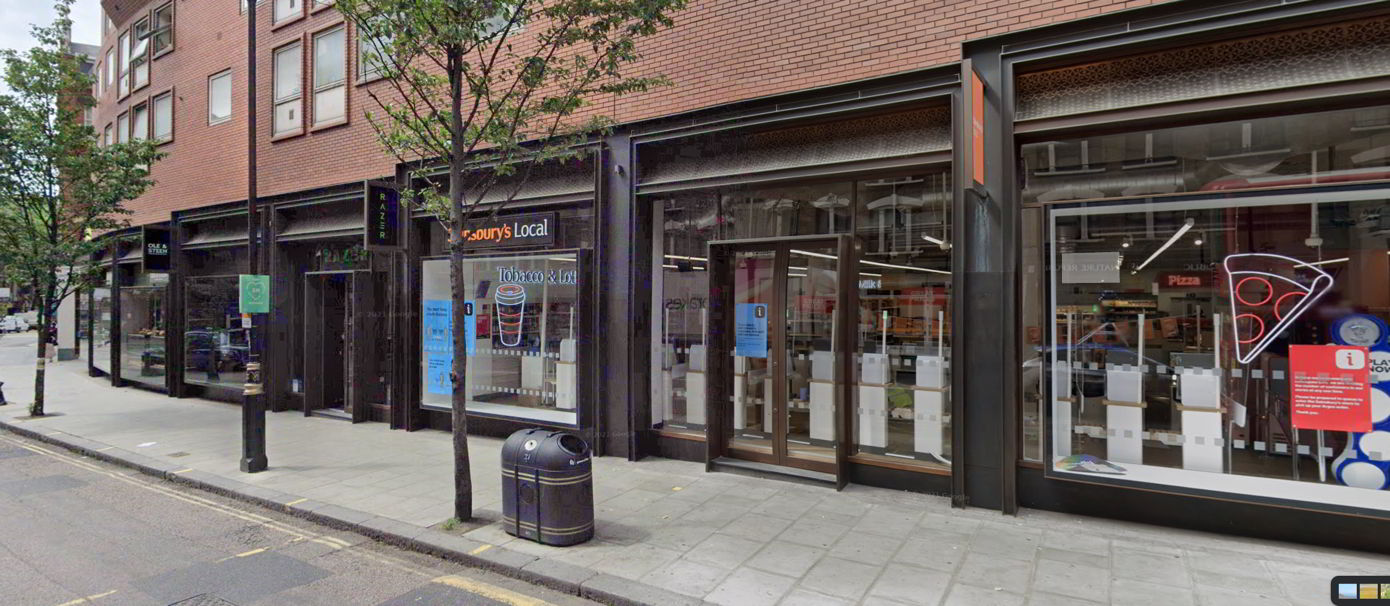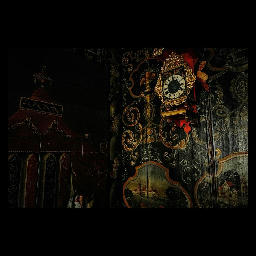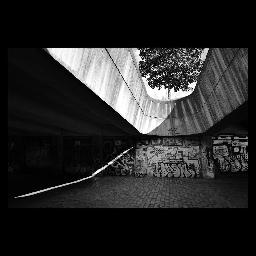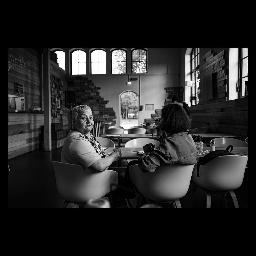Canon AE-1 Program Long-Term Review
Personal History
Boy, was I excited. My dad’s Topcon was in no shape to take on expedition, so my parents grudgingly took me to the local camera shop on Nelson Road in Whittonand paid £180 for a 1984 Canon AE1P and a 50mm lens. This was officially my first real camera. Sure, I’d had a little Kodak Brownie as a kid and I had my dad’s Topcon to mess around with, but this was a real camera.
This was summer 1992 and I was about to head off for three weeks to Tanzania, hiking and mountain climbing, and it just wouldn’t do to not have a camera… The previous year, my dad had found the leaflet from school that I left lying around about the expedition, read up on it thoroughly and then, out of the blue, announced that they should send me on this. Wow, really? Dad was born in Dar-es-Salaam and my mother in Mombasa, so this was an opportunity for me to visit East Africa for myself and they were keen.
That’s how I received this camera. I made a decision just after the trip that I was going to be a photographer. Not in the sense that I wanted to be David Bailey or John Claridge, but I wanted to be good, and understand the techniques and skills and produce really great images. Still trying.
The AE1P is not exactly dripping with features, but I pushed it to do everything I could for the next 16 months until I felt that it was holding me back, and I hummed and hawed over whether to stay with Canon or shift to Contax, and in the end, a used Canon T90 arrived.
Pros and Cons
Pros
- System
- Simplicity
System
Canon had gone all-in with the EF mount and new autofocus system, but for poorer kids like me, we couldn’t afford to look forward to the future, we had to look to the past. And the FD lens range stretched back to 1970, so there were always plenty of lenses floating around. On top of that, third-parties made winders that fitted (the official MA Motordrive was still expensive) so one could upgrade the camera fairly effectively. User-interchangeable screens were cool too.
These days, you can buy the official Canon winders for the same price, and pretend you’re a semi-pro too.
Simplicity
Firstly, you don’t have to pull the winder lever out to turn it on, which is an extremely irritating bug found in Nikon’s manual focus range, it’s just a switch by the shutter, which is where it should be, and after getting it right here, Canon never seemed to get it right again and trying to find the power switch on Canons over the years is like playing whack-a-mole.
Secondly, there’s no metering modes. It’s centre-weighted all the way. There’s no exposure compensation dial, no dioptre correction, no nothing, it was designed to be stuck in Program or Shutter Priority and off you go.
Cons
- No Aperture Priority
- Limited metering
- Shutter squeak
No Aperture Priority
I didn’t honestly see this as an issue at the time, because I was a young idiot and found shutter priority just fine. But the reality is, Aperture Priority is THE MODE to use. That’s the one that gives you proper image control.
Limited Metering
This was the thing that made me shift quickly to another camera. I was desperate to understand the Zone system properly, plus I had full access to the university darkroom in the Students’ Union, and frustrated at my inability to control the exposure from start to finish. You need spot metering to do this properly.
Shutter Squeak
It bothered me less at the time, but it’s the big weakness. Everyone knows how to fix it now, both wrongly and rightly - do not just dribble oil into the camera, you will cock things up because oil doesn’t stay where you put it. So it’s no longer a big problem, luckily, but it is a known issue.
Conclusion
It’s a solid camera to begin with, controls are simple and excellent. Just writing about it makes me all nostalgic again. There’s a lot less potential for making mistakes, e.g. with the Nikons, like my FE2, the winder lever is easily pushed back, turning the camera off, and I do not like controls that move without deliberate action.
Canon AE-1 Program Long-Term Review

